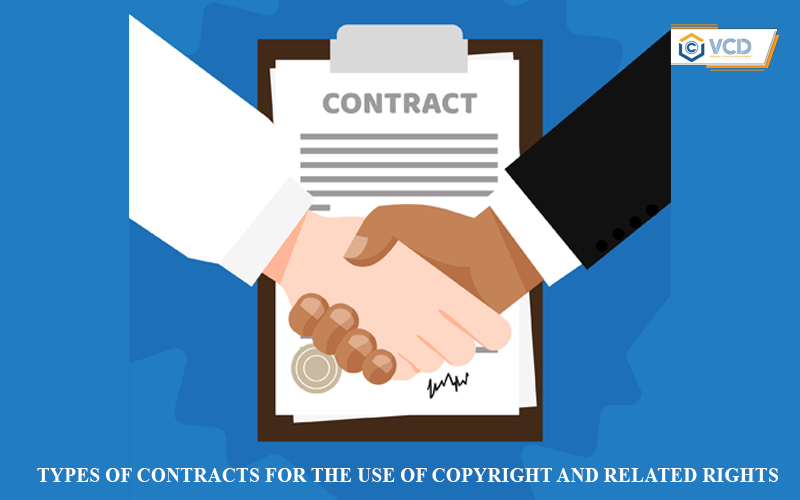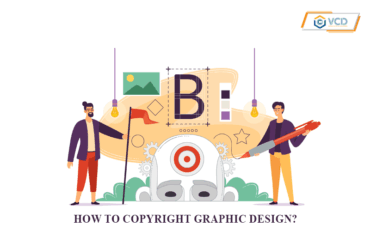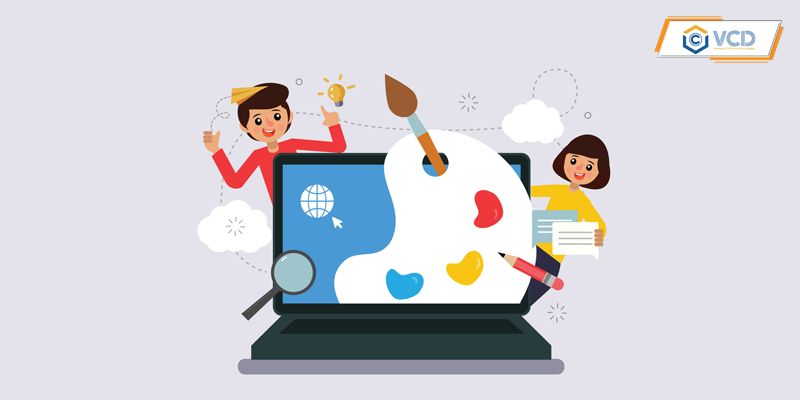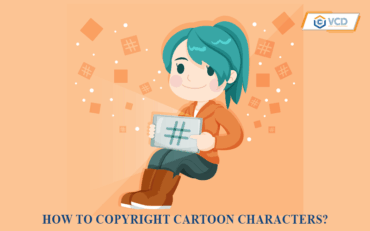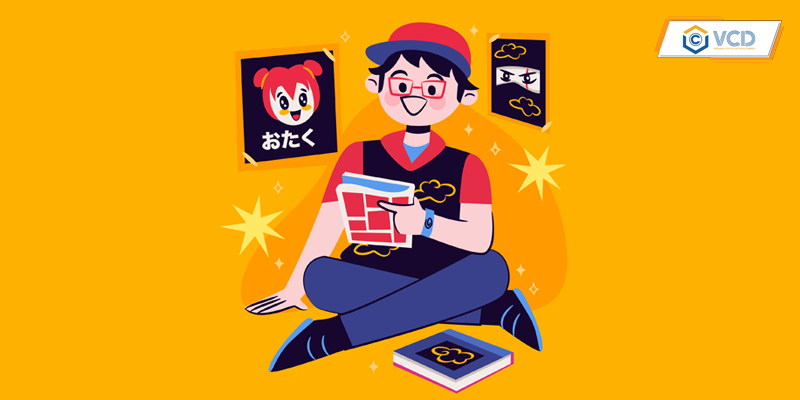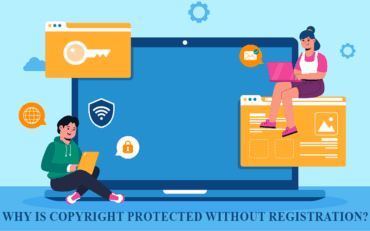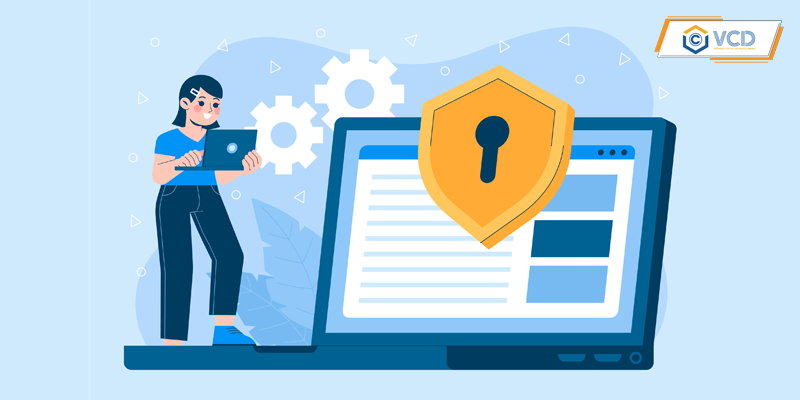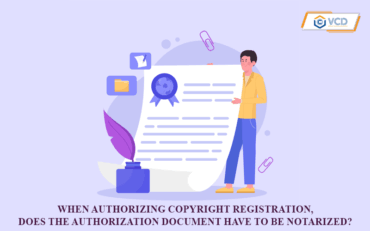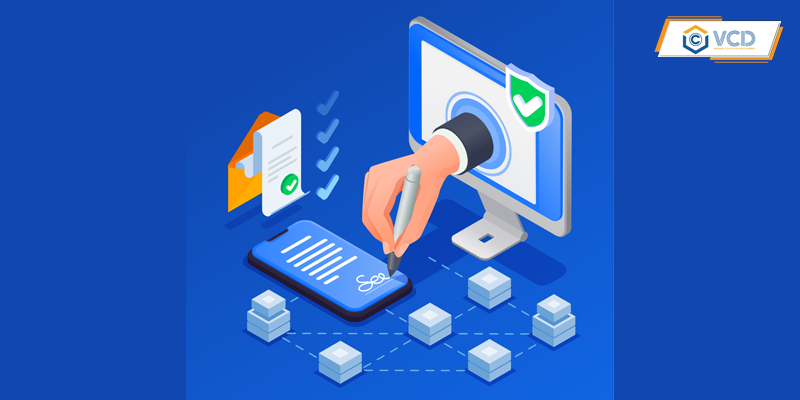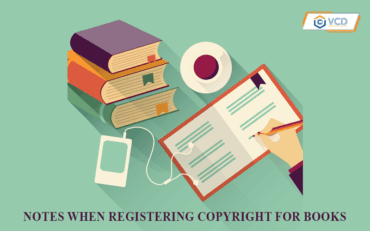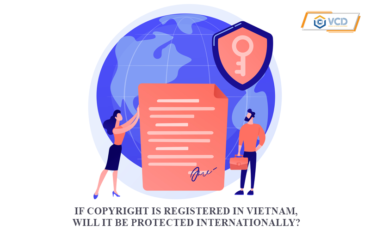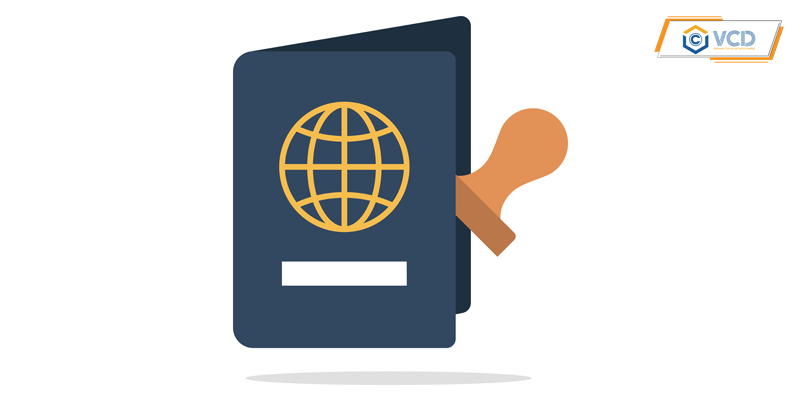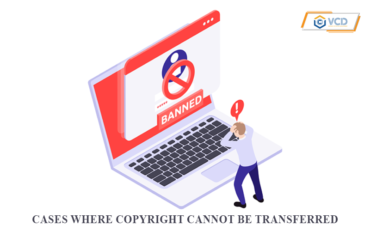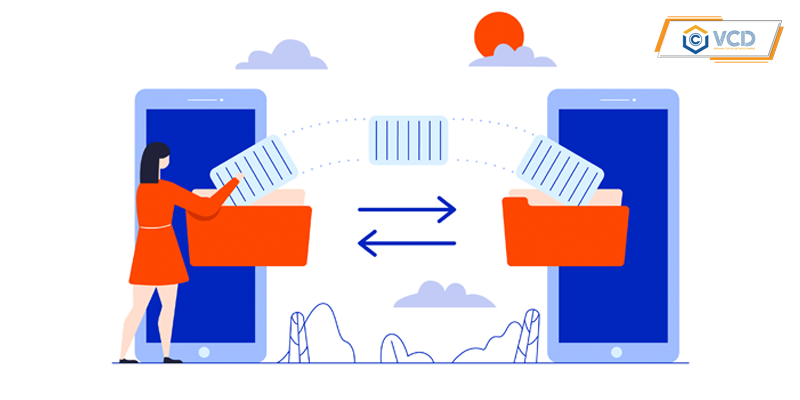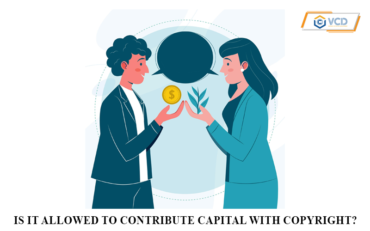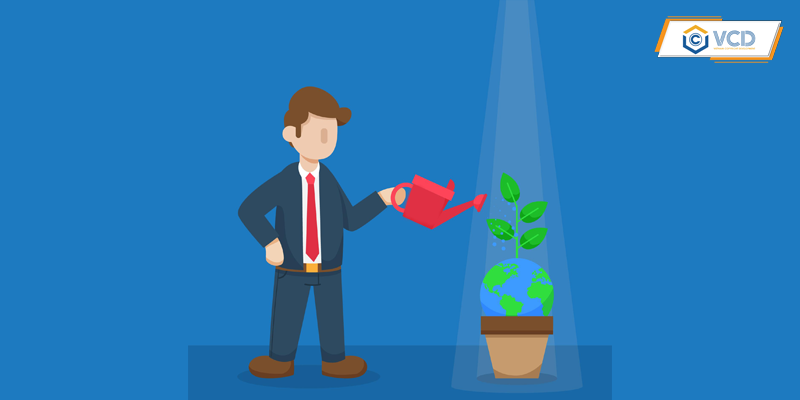Types of contracts for the use of copyright and related rights
In reality, the use of copyright and related rights is very rich and diverse. The classification of contracts for the use of copyright not only helps clarify the nature of each type of contract but also facilitates the research, application and enforcement of these rights in practice. The following article by VCD will help you understand better.
1. What is the transfer of copyright and related rights?
Clause 1, Article 4 of the current Law on Intellectual Property stipulates: “Copyright is the right of an organization or individual to a work that they create or own.”
Pursuant to Clause 3, Article 4 of the 2005 Law on Intellectual Property, accordingly: “Related rights are the rights of organizations and individuals in the process of transmitting works to the public through performances, audio recordings, video recordings, broadcast programs, and satellite signals carrying encrypted programs.”
At the same time, Clause 1, Article 47 of the Law on Intellectual Property states: “Transfer of the right to use copyright and related rights is the act of the copyright owner or related rights owner allowing another organization or individual to use for a limited period one, some or all of the rights specified in Clause 1 and Clause 3, Article 19, Clause 1, Article 20, Clause 3, Article 29, Clause 1, Article 30 and Clause 1, Article 31 of this Law”.
Therefore, the transfer of copyright and related rights is the act in which the copyright owner allows another organization or individual to use for a limited period of time part, some or all of the property rights related to the work, performance, sound recording, video recording, and broadcast program. This includes the right to publish the work and the right to name the work of the owner.

2. Types of Copyright and Related Rights Contracts.
Exclusive Use Contract
An exclusive use contract is a contract in which the transferee is the only party with the right to use the transferred rights. Even the copyright owner is not allowed to use these rights during the transfer period.
Non-exclusive Use Contract
A non-exclusive use contract, on the contrary, allows the transferor to still have the right to use the subject of the contract after the transfer. The parties can agree that the transferor has the right to transfer the powers to another entity.
Intellectual property law does not clearly stipulate whether the parties do not agree on the nature of the contract, whether it will be considered an exclusive or non-exclusive contract. However, according to current regulations, the owner still retains the right to use his property. Therefore, if there is no clear agreement, the contract will be considered a non-exclusive contract, and the owner still has the right to use the work.
3. Scope of use of the contract
Copyright contracts can be divided into two types: One-time use contracts and Multiple use contracts.
One-time use contracts
This is a type of contract in which the user is only allowed to use the rights that have been transferred once. The contract will terminate immediately when the user has exercised that right, even though the contract is still valid. If the user continues to use it, they will be considered to have infringed the copyright and will be subject to legal liability.
Multiple Use Contract
This type of contract allows the user to use the transferred rights multiple times within the agreed term. The number of uses can be determined by the parties or depends on the user’s will. This contract enables the user to exercise the rights without having to ask for permission or sign a new contract with the transferor.
4. Term of Use Contract
Copyright licenses can be classified into two types: Licenses with a fixed term and Licenses with an indefinite term.
Licenses with a fixed term
This is a contract in which the parties specifically agree on the term of use. The user is only allowed to use the transferred rights within a specified period of time.
Licenses with an indefinite term
This type of contract does not specify the term of use. The user will have the right to use the transferred rights until the end of the protection period as prescribed by law. However, this contract is not equivalent to the transfer of copyright, because the owner and other parties still have the right to use those rights during this period.
In addition, copyright use contracts can also be classified according to other criteria such as: With or without compensation, one user or many users
The above is the article “Types of copyright and related rights use contracts” that VCD sends to you. We hope this article is useful to you.
Sincerely,

